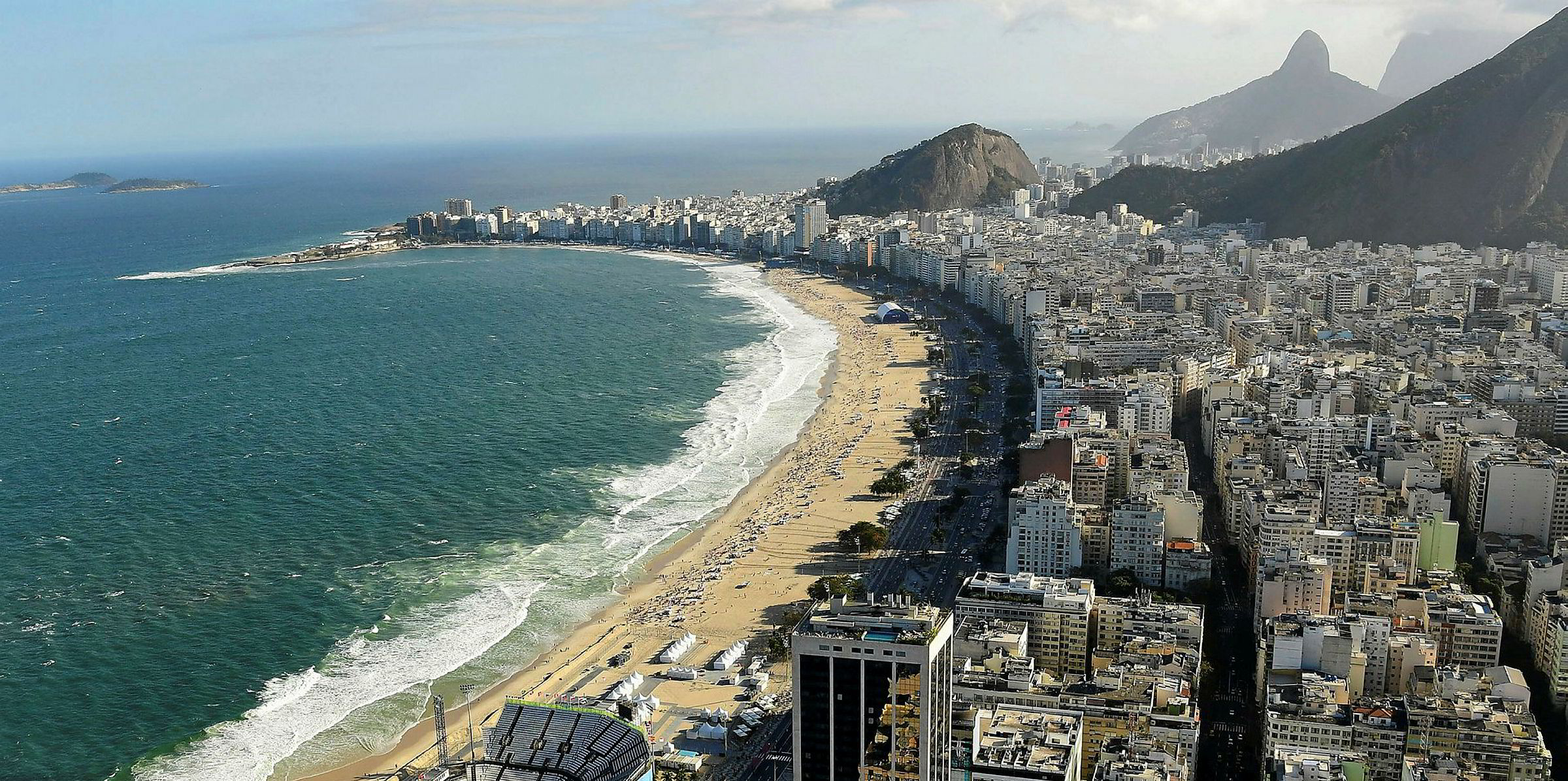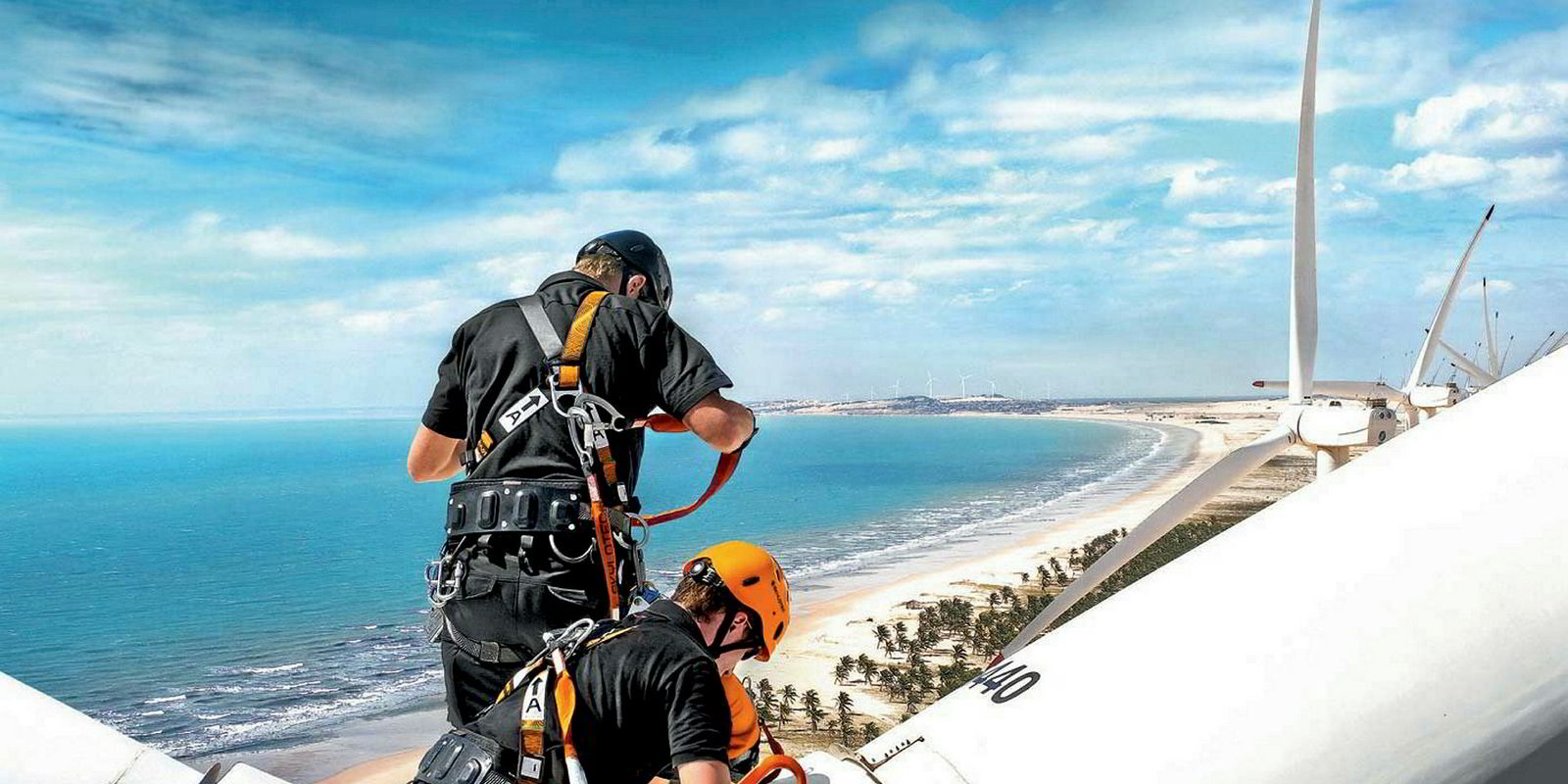Brazil plans to publish a ‘roadmap’ for offshore wind this year and will look at regulatory changes needed to allow the start of exploratory work ahead of turbine deployment along its 8,000km of shallow shores.
“We have started to work on a roadmap for offshore wind in order to give the issue more visibility [in Brazil],” Thiago Barral, president of Brazil’s energy planning authority EPE said during an online industry seminar.
This is not the first time that the Brazilian government has raised the prospect of advancing offshore wind, which remains a controversial issue as far as some sections of the country’s 15GW onshore wind sector is concerned.
In 2015, energy minister Eduardo Braga commissioned preliminary studies into offshore wind deployment, and last year congress started debating a bill that would set the legal grounds for tendering offshore blocks for the construction of wind farms.
Brazil’s long coastline, with water depths of 30 metres stretching several kilometres from shore, has raised expectations of hundreds of gigawatts of potential in its waters. The fact that many of its large cities and industrial centres are close to the shore could help its viability, offshore advocates believe.
However, others in the industry say it’s not yet necessary to explore offshore wind since the country’s onshore potential – estimated at up to 500GW compared to a current 15GW installed wind base – has barely been scratched.
Although one relatively large commercial offshore wind development, the 400MW Asa Branca, has been partially licensed by the government, the only current tangible offshore wind in the works is a 5MW pilot project being developed by oil group Petrobras, which itself recently signed a partnership with Equinor to develop offshore wind projects.
Alvaro Tupiassú, Petrobras' general marketing and commercialisation manager, who took part in the same seminar, said the partnership with Equinor is still in its early stages, but that the companies have started to study changes to legislation needed to allow for the construction of offshore wind projects.


